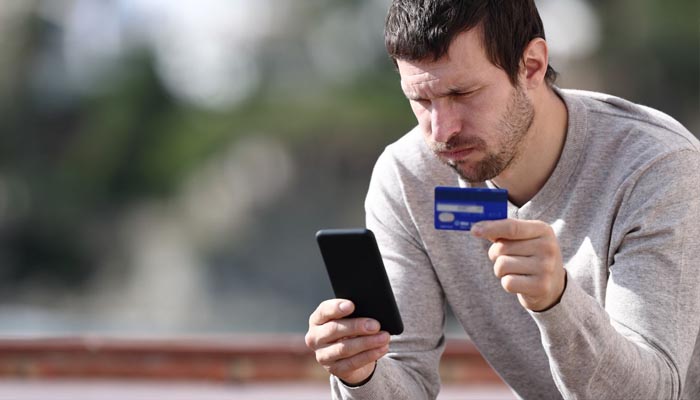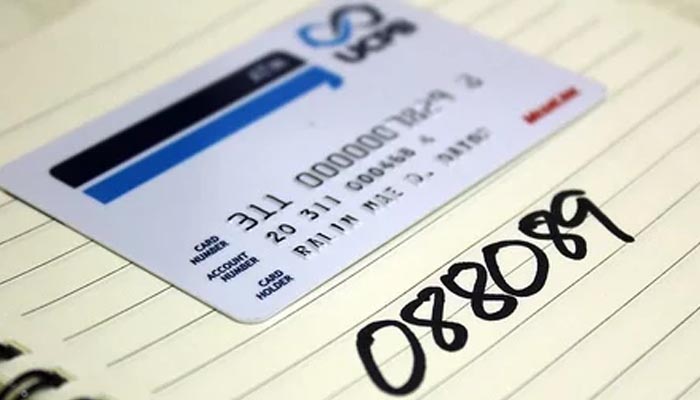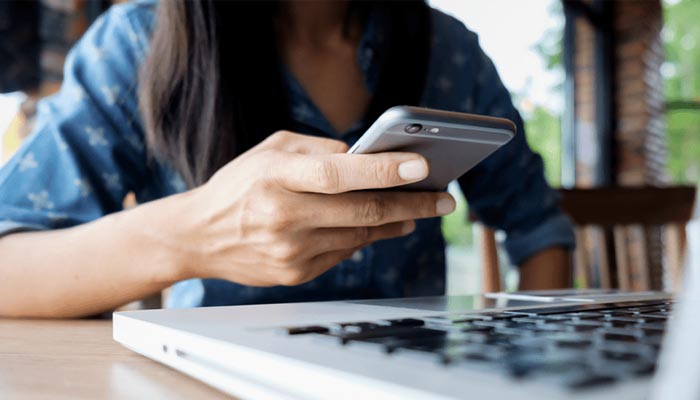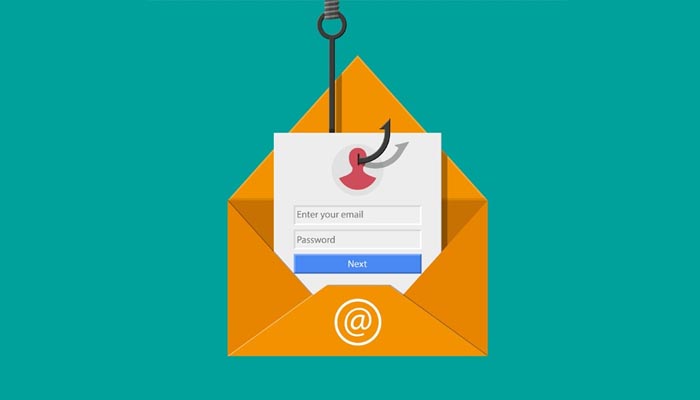
Protecting your credit card goes beyond simply keeping it out of the hands of strangers or storing it in a secure place. To truly safeguard your sensitive financial information, you need to take additional security measures. These measures prevent malicious individuals from accessing your data, whether through your smartphone or deceptive tactics like password-stealing schemes.
1. Be careful when entering your password

Your credit card password is personal and non-transferable. Never share it with anyone, even if they claim to be from a financial institution. Many credit card frauds are perpetrated by con artists who pose as bank representatives and contact you over the phone, asking for your password after “verifying” your details.
Remember, legitimate financial institutions will never ask for your password over the phone. If you receive such a call, end it immediately and reach out to your bank through their official customer service channels to verify whether the request was genuine.
2. Avoid sending photos of your credit card

Credit card sharing is common, but it comes with undue risk. But when you upload a picture of your credit card to provide details like your complete name, number, CVV, and expiration date, the situation gets worse. There’s a chance that these pictures may get into the wrong hands.
You have no way of knowing whether the individual who received the photograph follows the same security measures, even if you have authority over your data. Thus, at all costs, refrain from sharing pictures of your credit card using WhatsApp or any other messaging service. Instead, use secure methods of sharing sensitive data when absolutely necessary.
3. Never store your password with your card

Every day we need to remember several passwords and writing down your credit card password on a piece of paper may seem like a good idea at first. However, under no circumstances should you keep your password with your card, because if it is stolen the thief will take the key to your card as a “gift”.
The tip is: if you are going to write down your password on a piece of paper, keep it in a safe place, away from your credit card. However, for greater card security, it is best not to do this: the card password should be memorized to avoid headaches if the information falls into the wrong hands. If you forget it, no problem: you can always register a new password with the bank.
4. Be careful when leaving banking apps open

These days, we manage our finances mostly through our smartphones, and banking applications let us do a wide range of tasks. Even if this greatly simplifies our lives, we still need to take extra precautions to make sure that our cell phones do not end up in the wrong hands. Regretfully, one of the most prevalent crimes in the world is cell phone theft.
The tip here is: protect your phone with a password and, preferably, only allow unlocking using a fingerprint. In addition, there are apps that allow you to add a layer of security to banking apps by locking them with a password. AppLock, available for Android and iOS, is a good example.
5. Also take care of email passwords

There is no point in protecting only your banking details if other passwords are exposed. For example, if someone with malicious intent has access to your email, they can use it as a password recovery tool, changing your access details and preventing you from recovering your data.
A tip: if possible, have a dedicated email address to handle banking transactions or registrations where your financial data is shared. This prevents your personal account, which is certainly much more targeted by criminals, from running unnecessary risks. After all, you will most likely need to access it from anywhere, several times a day.
6. Use virtual credit cards for online purchases

For purchases made online, opt for a virtual credit card. Most financial institutions already offer this feature to their customers. The virtual card generates a specific number for each transaction, preventing your data from being reused later if it ends up on fraudulent websites.
For your financial security, avoid making purchases from unknown or dubious websites. The store in question must indicate that it has digital security technologies and the website must be secure, with an https prefix before the URL.
7. Beware of contactless shopping scams

Simply tap your credit card on the machine for the system to recognize and validate the purchase. This is great and makes our lives a lot easier, right? However, scammers also take advantage of contactless payment technology to clone credit cards or get your money without you noticing.
Especially in crowded places, such as parties and concerts, avoid carrying your credit card in your pocket. Some thieves will approach you with a card reader and, without you noticing, will swipe your card for some type of payment. The best thing to do is to keep your credit card in your wallet or purse, but never lose or unprotected.
Extra tips for strengthening credit card security

We give you some extra tips on how to keep your credit card safe. Check them out below:
– Create secure folders for your banking apps
Some phones are capable of creating secure folders for certain apps. In these cases, your apps are no longer part of the device’s general storage and now have an extra layer of security by requiring a PIN, fingerprint, or some other form of security confirmation to validate access to the chosen apps.
The most modern cell phones even offer the option to limit screen time within these folders, ensuring even more security since you will need to enter your password within the specified time.
A quick internet search with your cell phone model and the word “secure folder” can tell you whether your device is compatible with this level of security and how to activate it.
– Set up Google remote access on your phone
Another tip from Lucas is to activate Google’s remote access option on your phone. In a few simple steps, you can configure this and, if it is stolen, have remote access to your device to wipe your data, locate it, and even deactivate it.
To do this, go to the “My Google Account” settings and navigate to the “Security” section to enable these actions.
Common scams to watch out for

There is a long list of potential frauds, and con artists constantly devise new schemes to attempt to take your money. We’ve included a list of some of the most typical defense strategies below.
- Fake invoices: Fake invoices try to pass themselves off as recurring charges that you would normally receive, but in reality, the money goes to a random account. To avoid this scam, check if the issuer’s details match and be suspicious of “unexpected” invoices that arrive via email or SMS.
- Phishing: This is a scam that involves sending a fake link via email, SMS, or messengers such as WhatsApp. When clicking, the user unintentionally installs an application that collects data, including bank passwords. To avoid this, never click on links of dubious origin or whose URL looks strange.
- Confirmation by phone: criminals pretend to be telemarketers and try to offer you some benefit in exchange for confirming your bank details – including your password. Do not provide confirmation details for your credit card or bank account over the phone and, under no circumstances, provide passwords.
Conclusion: treat your credit card like cash

Your credit card is probably the main payment method you use today. Therefore, there is nothing better than protecting it as if you had cash in hand.
You wouldn’t go around the street counting R$100 bills without any care, would you? So don’t expose your cell phone or credit card either, as they store valuable information.
In some cities or specific areas, the risks are greater. For example, avoid going out at night in poorly lit areas. Don’t use your cell phone while you’re at the bus stop if you’re alone. And, of course, always have a plan of action in case something happens.
You will need to report the loss or theft of your credit card immediately after the incident, so save the contact numbers and addresses somewhere accessible to request that your banking apps be blocked.
